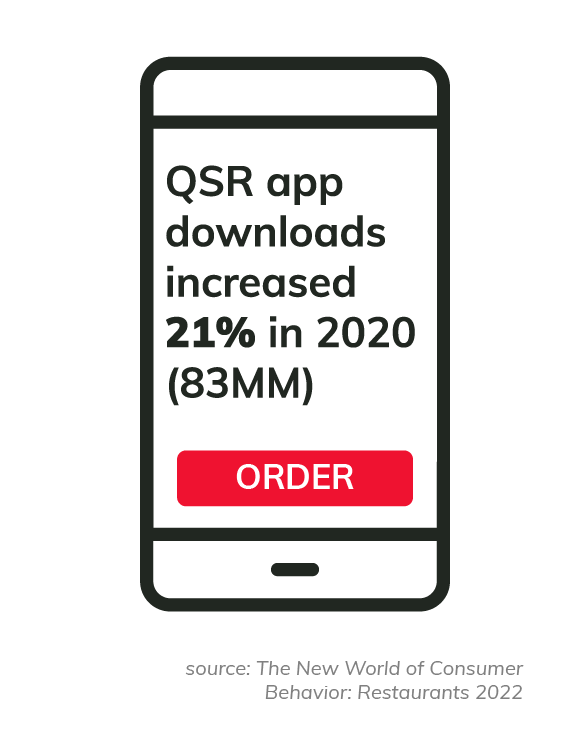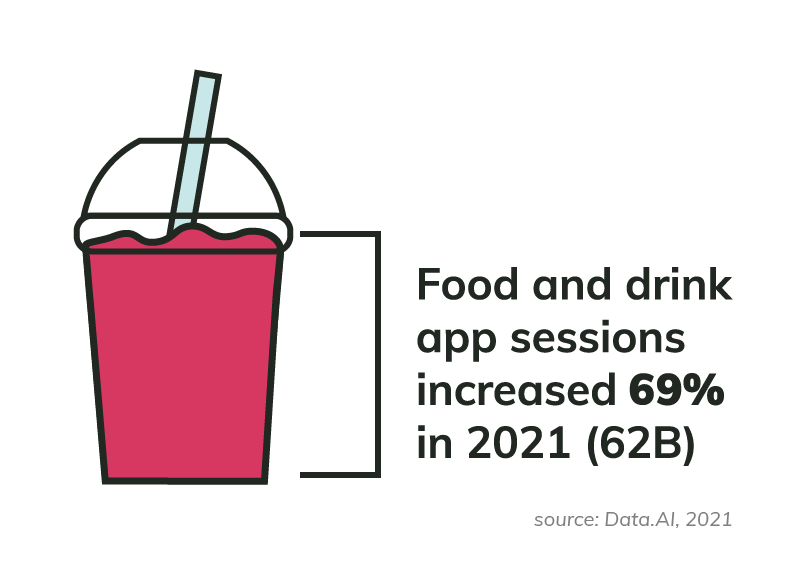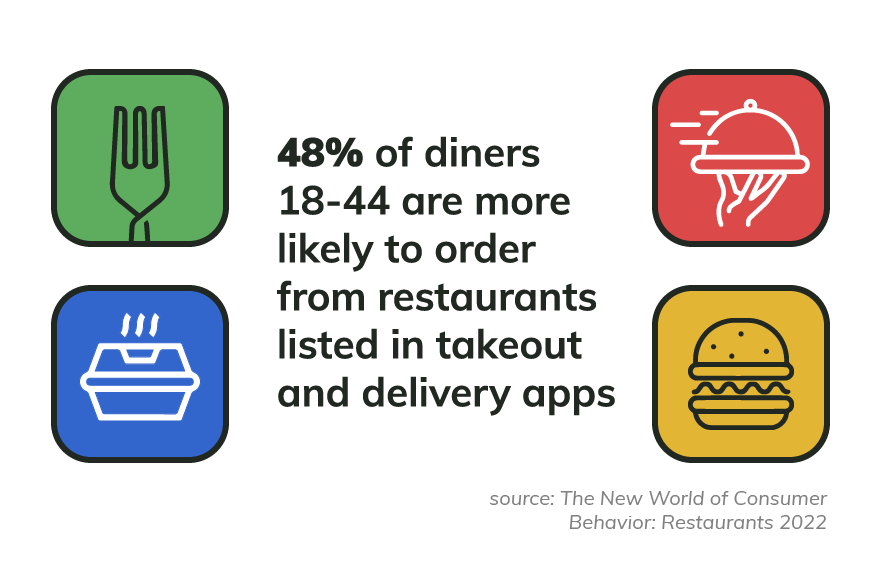How to Deliver Value and Drive Demand in the Quick Service Restaurant Industry
September 6, 2022
How are CMOs delivering value and driving demand in a competitive environment that puts a premium on customer experience?
September 6, 2022
How are CMOs delivering value and driving demand in a competitive environment that puts a premium on customer experience?
“The only constant in life is change.” - Heraclitus, greek philosopher and food industry prophet.
As the world has changed around us, so have the ways in which we work, play, sleep and even eat. This is especially true for consumers faced with inflation, in addition to numerous other challenges. As a result, consumer behaviors and habits have changed — from how they spend their money, to where they shop, to how they engage with brands.
For marketing leaders, answering the question “how do I keep my brand top of mind?” is becoming increasingly challenging.
In light of this changed landscape, marketing leaders have an uphill battle in earning consumers’ business and loyalty, including identifying touchpoints in a progressive, dynamic customer journey, optimizing marketing technology (MarTech) to reach consumers in new ways, as well as understanding the evolution of the role and responsibilities of the modern CMO.
Let’s review how marketplace trends have impacted the restaurant industry to better understand how CMOs can identify opportunities to drive demand and deliver value for customers.
Plus, make sure you get on our list! Sign up to receive MERGE’s latest insights for QSR brands.
Creating an impactful experience for customers.
The customer journey has become increasingly nonlinear. Customers are often far down the path to purchase before they walk into a restaurant, if they do at all — leaving CMOs wondering how to best nurture them along the way.
Marketing leaders are trying to meet potential customers in the digital space and, while consumers can still be influenced, it is hard to know exactly where they are and how best to foster engagement.
According to a recent Brand Keys Marketing On My Mind survey, keeping consumers engaged with the brand is on 86% of CMO’s radar, which has increased 11% over the past three years.
One way for restaurant brands to stay top of mind with consumers is through app usage. In July this year, the top 10 QSR apps in the U.S. were downloaded 12M times, or 16% more than those the month prior. While McDonald’s, Starbucks and Panda Express experienced strong download growth, Whataburger topped them all and grew 76% in a single month.

CMOs are acutely aware of the way buyers are wanting to be marketed to. Doing so relies on insights gleaned through customer data but with tighter privacy restrictions and consumer reluctance to share data, it can be difficult to connect on a personal level.
So, creating positive and engaging experiences at every touchpoint is a powerful differentiator for brands. Consumers will feel valued and more likely to offer personal information, in which brands would use to reward them — creating a virtuous cycle based on mutual experience.
For example, Subway recently launched its first Footlong Pass subscription program for MyWay rewards members. The program discounts the item 50% once a day throughout September 2022 — and all 10,000 of the available $15 passes sold out in just six hours. This wildly popular program worked on two fronts: by generating excitement and interest around the exclusivity of a limited offering, and because Subway rewarded their loyal customers through a strategy that used their data in a responsible way.
Delivering on the promised potential of marketing technology.
There has been exponential growth in the number of available marketing technology tools and while many brands can personalize communication through a simple CRM, personalizing across the entire customer journey can only be realized through sophisticated MarTech. And as CMOs look to deliver on the promise of personalization, they must break down internal silos built around channels and products. Through the integration of MarTech, organizations can create a customer-centric framework that activates a detailed personalization strategy.
Key components of this framework should include:
A changing economy has only exacerbated these challenges within the QSR field and, while every industry had to adjust to new ways of working or risk perishing, restaurants were hit especially hard.

Fulfilling a changed job description.
CMO’s have seen the role of marketing elevated within their organizations. No longer is their department simply a reflection of business priorities — it’s a key driver of business performance and transformation that now shapes business objectives.
As the role of marketing takes on greater strategic importance within organizations, many leaders are excited by the prospect of receiving larger marketing budgets and are working to secure these additional dollars by showing how planned marketing investments bolster the business.
However, this shift is a double-edged sword because as the role of marketing becomes central to the organization’s performance, CMOs are now being held accountable to deliver positive results (ROI) against a growing set of metrics that include customer growth, product innovation, revenue growth and digital transformation.
To compound this increased scrutiny, these metrics are measured in 12-month increments — which makes it challenging to build a case for initiatives that do not deliver a clear, quantifiable payoff within a short timeframe, such as generating brand awareness.

In early 2020, some QSRs saw increased demand in takeout and delivery, while most restaurants in this category experienced dramatic sales declines with some even closing their doors for good.
According to the National Restaurant Association, more than 90,000 restaurants closed (temporarily or permanently) as a result of the pandemic. 2021 sales were down $65 billion from 2019, with employee counts down over 1 million at the end of the same year.
Clearly, the pandemic altered consumer dining habits.

People wanted to spend less time dining in and instead chose pick up or delivery options to minimize contact. In other words, consumers wanted convenience, which largely took the form of digital solutions and became the currency that drives today’s decision making.
Despite the consequences the pandemic has had on sales and employment, people have always flocked to QSRs because of convenience and fast service. In a competitive environment, this puts a premium on customer experience.
Customers expect seamless online ordering from every restaurant, so QSRs must invest in these solutions now or risk falling behind.
Due to the change in demand, businesses began utilizing data heavily to find what would keep customers coming back to their business—and now use that to predict behavior and encourage engagement. Recent industry predictions from Forbes note there is an increased desire for innovation in the food space, ranging from new flavor profiles, sustainability practices, plant-based and meat alternatives, as well as advancements that go beyond just food to offer a unique dining experience.
As social commerce, data analytics and virtual marketing grow in importance, integration is critical to driving growth and delivering customer experience.

QSR CMOs should look at ways to:
Its imperative quick-service restaurant businesses stay up-to-date on shifting practices. At MERGE, we develop craveable content across all channels to meet consumers where they are and allow them to interact with brands on their terms. We have vast experience with robust traffic-driving restaurant programs and implement analytics and modeling strategies for multiple retailers. If interested in reaching customers at optimal touchpoints, let’s connect.